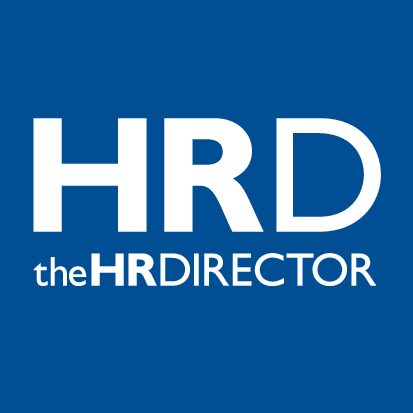No matter how fantastic your work equipment is, it is still important to take breaks. It’s simple: if you sit in any chair all day, regardless of how ‘high-tech’ and ‘ergonomic’ it is, you are very likely to develop a headache, sore eyes and other aches and pains. The reasons it is important to break are: To avoid postural fatigue; To avoid visual fatigue; To refresh yourself mentally and To improve productivity. AXA PPP healthcare
Postural Fatigue
Prolonged periods of static muscle work result in the accumulation of lactic acid within the muscle. This in turn leads to discomfort and ultimately, to muscle dysfunction and pain. So it’s important not to allow the effects of fatigue to accumulate. Stretching and contraction of muscles help to prevent this.
Visual Fatigue
Similarly, if you use your eyes in a prolonged and sustained manner they will begin to fatigue. It is important to prevent this by changing your visual focus regularly.
Mental Stimulation
Breaking allows you to refresh your cognitive function.
Improved Productivity
The important message here is that it’s in your employer’s interests (within reason, of course) to break so don’t feel guilty about breaking.
What constitutes a break?
Remember a little is better than nothing. A break needn’t be a big affair that involves leaving the building (although it has to be said that these are often the most effective types of breaks). If you simply can’t get away from your desk then think about changing your posture or changing the task that you are doing .Visual breaks are easy at the desk. Follow the rule of 20s: every 20 minutes, look about 20 foot away for about 20 seconds.
The best breaks involve contraction and stretching of postural muscles. Going to the gym is a great way to break during the day. You can also do exercises at your desk.
I find it difficult to remember to break. What can I do about this?
Let’s face it: it’s not that we don’t want to break. We all tend to get caught up in work, and before we know it, we’ve been at it for two or three hours. If you struggle to remember to break there are all sorts of ways to remind yourself:
Design in breaks
Move the printer away from your desk so that you have to get up to retrieve your documents.
Habits
Drinking lots of water is healthy and means you will need to leave your desk often for comfort breaks.
Associative breaks
Associate a break or change in posture with tasks that you undertake regularly. For example stand up when taking phone calls (as long as you won’t need to refer to your PC during the call).
Set reminders on your PC; most computer diary applications such as Lotus Notes or Outlook offer a reminder facility.
Use breaking software. This is specially designed software that reminds you to break in a number of different ways. Some of these programmes can be downloaded free from the internet. Always check with your employer first before downloading such software.
Task rotation: if you conduct a number of different tasks, break them up into shorter periods and alternate them. If you complete purchase orders by hand and then enter them into the PC, for example, don’t do all the handwriting and then all the inputting at once. Instead, do a few orders by hand and then enter them into the PC.
How much should I break?
The textbooks say that office workers using PCs should spend about 10 minutes of every hour breaking; and that ideally these 10 minutes should be spread throughout the hour. Research has shown that the best interval to break is every 20 minutes, a 2-3 minute break every 20 minutes would be the ideal. Sure, this might not be practical for many of us but it does give us an idea of what we should be working towards. And for those with aches and pains, diligent breaking of this order will go a long way towards reducing exacerbation of problems.







